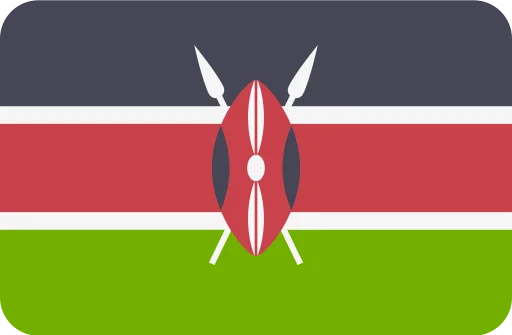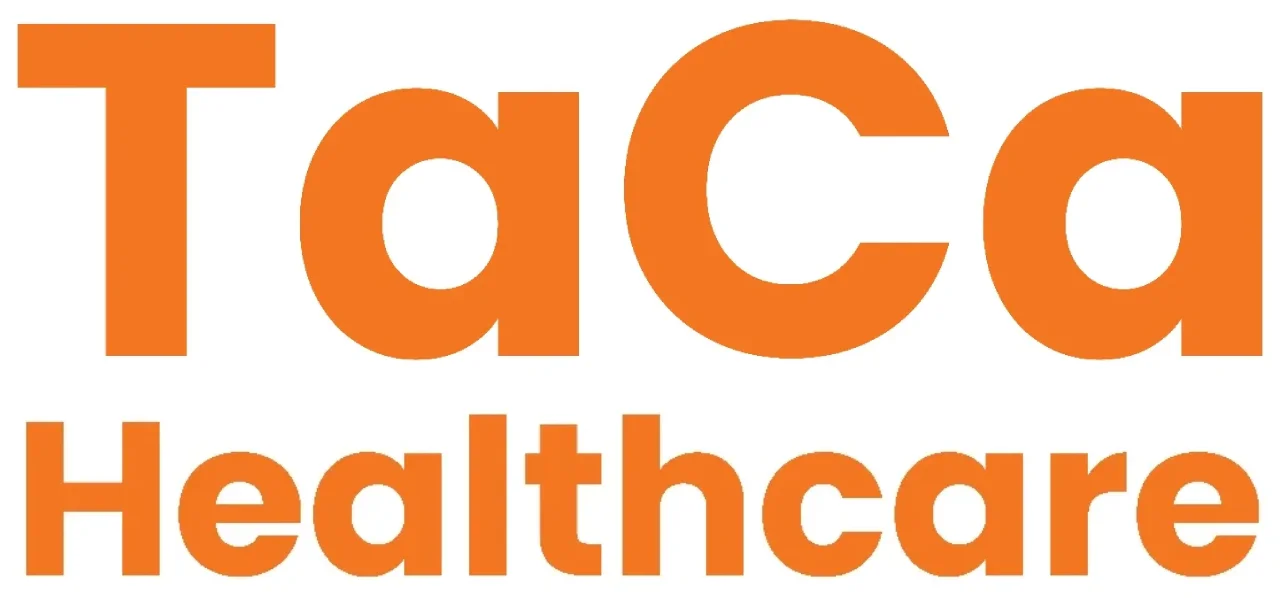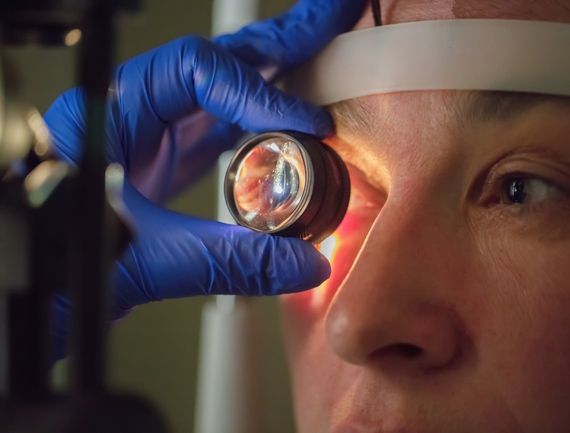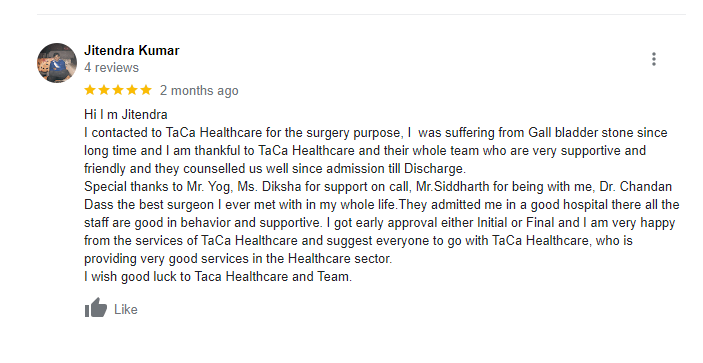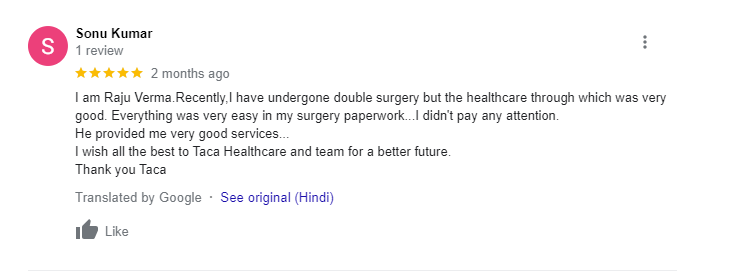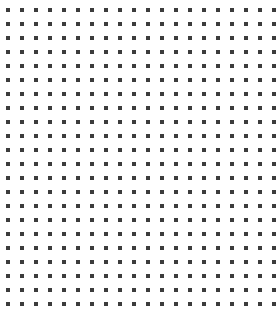Understanding Glaucoma
Glaucoma is a condition that damages the optic nerve, which is essential for proper vision. In most cases, excessively high pressure in the eye is the cause of this damage.
Glaucoma is one of the most common causes of blindness in people over 60 years of age. However, it can strike anyone at any age. There are various kinds of glaucoma, some have no symptoms. In some kinds of glaucoma, its impact on the vision is so gradual that the person does not realise any change in the vision till the condition progresses significantly.
Because glaucoma vision loss is irreversible, it’s critical to get frequent eye exams that include measures of your eye pressure so that a diagnosis may be made early and treatment can begin. Early detection of the condition can prevent vision loss. In glaucoma, one needs to continue the treatment for life.


